The story of Zagato Milano
The 1910s: Aeronautics Ugo Zagato was born in Gavello, near Rovigo, on June 25, 1890. He began his coachbuilding career in 1919 when he…
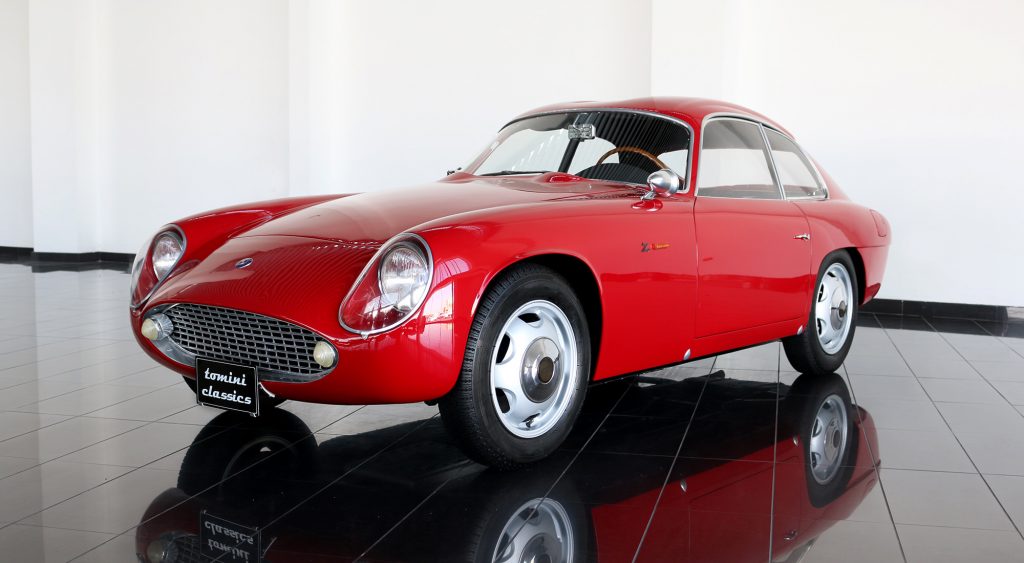
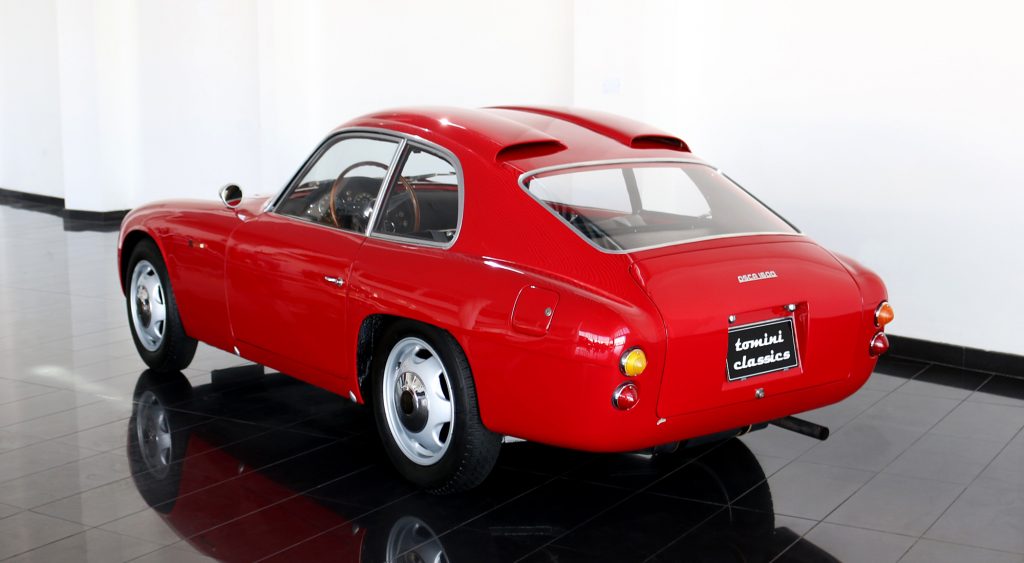
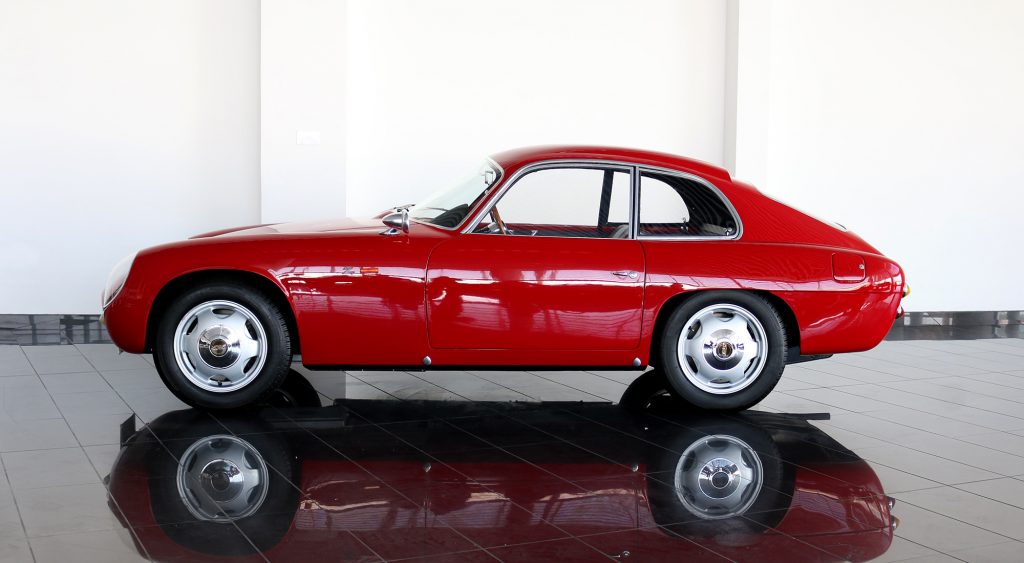
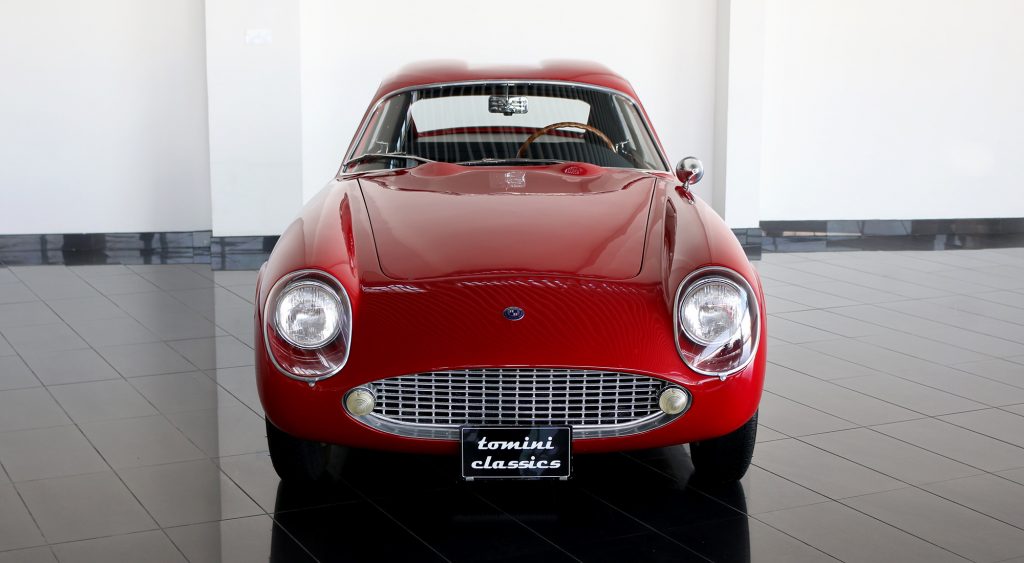
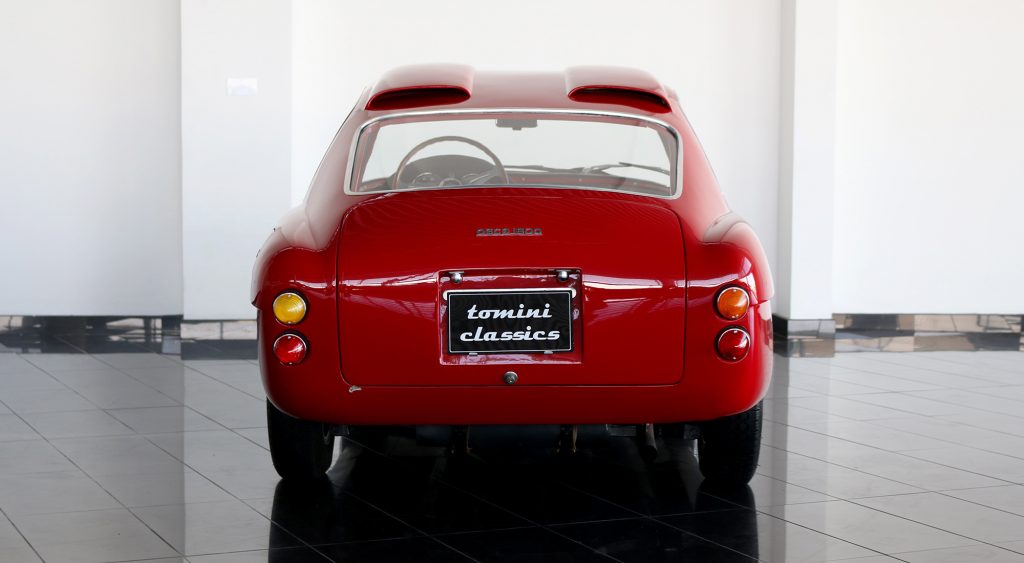
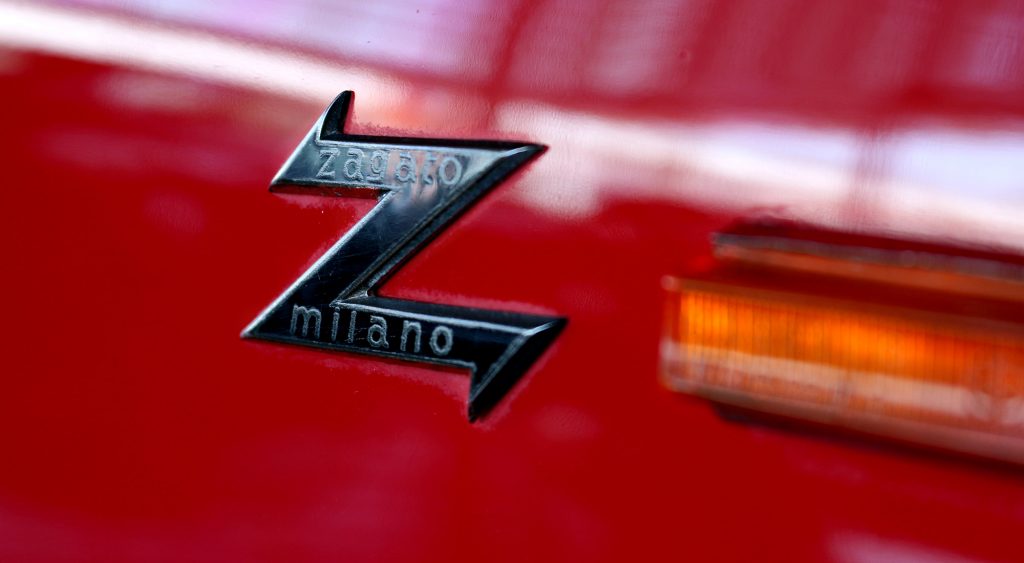
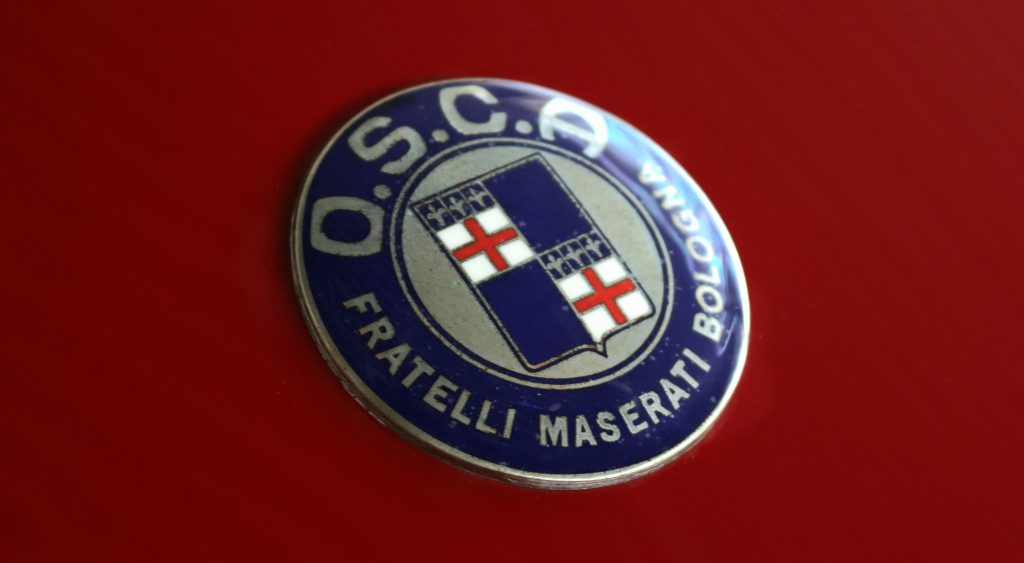
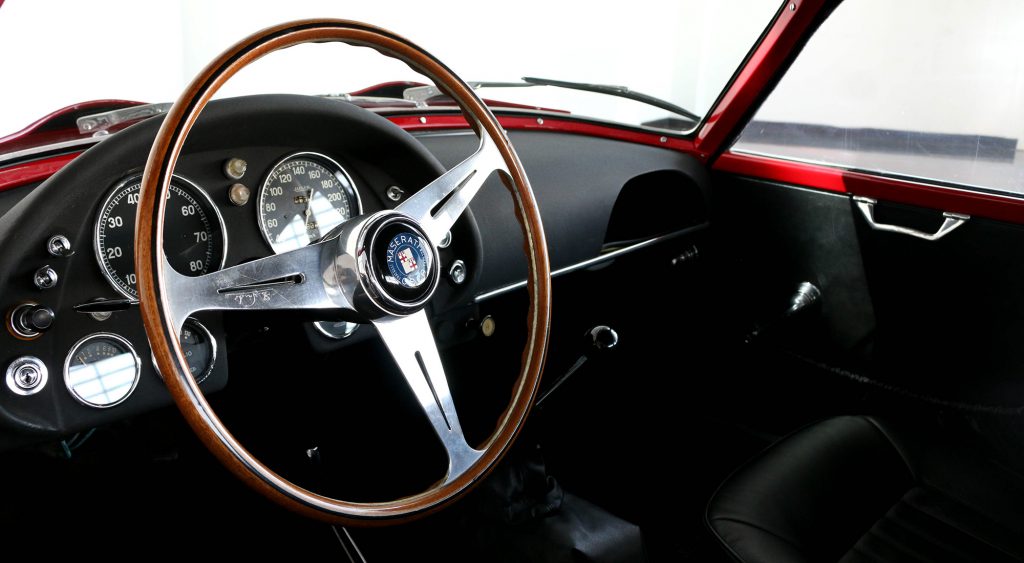








In 1947, with their contract to Maserati-buyer Adolfo Orsi fulfilled, the Maserati brothers finally left their namesake company, disenchanted with management’s growing focus on road-going GT cars. Returning to their original location in Bologna, the Maseratis founded the Officine Specializzate Costruzioni Automobili, or OSCA.
The OSCA 1600 GT Zagato is a celebrated example of Italian automotive design and engineering, embodying the spirit of competition that defined the Maserati brothers’ legacy. Following their successful foray into racing with the spider-bodied MT4, powered by the Maserati Tipo 4 inline four-cylinder engine, OSCA sought to expand its reach into the road car market while retaining a strong performance pedigree. The MT4 achieved notable success, culminating in a victory at the 1954 12 Hours of Sebring, driven by the legendary Stirling Moss for Briggs Cunningham’s team. This triumph not only solidified OSCA’s reputation in motorsport but also highlighted the necessity of creating a dual-purpose road car to attract customers and bolster sales. In 1960, OSCA responded with the introduction of the 1600 GT, featuring a 1,568-cubic-centimeter version of their recently developed twin-cam engine. This new model was designed to be versatile, catering to both racing enthusiasts and everyday drivers. While several body styles were available, the double-bubble coupés designed by Zagato are widely regarded as the most aesthetically striking. The unique contours and classic Zagato styling not only enhance the car’s visual appeal but also improve aerodynamics, making it a true standout. Only approximately 98 examples of the OSCA 1600 GT Zagato were produced, ensuring that each remains a rare and sought-after collector’s item. These unique berlinettas are celebrated for their combination of beauty and performance, making them among the most prized of early-1960s boutique Italian cars. Today, the OSCA 1600 GT Zagato is revered not just for its racing heritage but also as a testament to the artistry and craftsmanship that characterize Italian automotive history. Collectors and enthusiasts cherish these berlinettas, which continue to evoke the passion and innovation of an unforgettable era in motorsport and car design.


The 1910s: Aeronautics Ugo Zagato was born in Gavello, near Rovigo, on June 25, 1890. He began his coachbuilding career in 1919 when he…
Missing or wrong informations?
Carrozzieri-Italiani.com relies on thousend of users who help to populate the database. We do not guarantee the accuracy of the informations. Contact us if you want to contribute.
